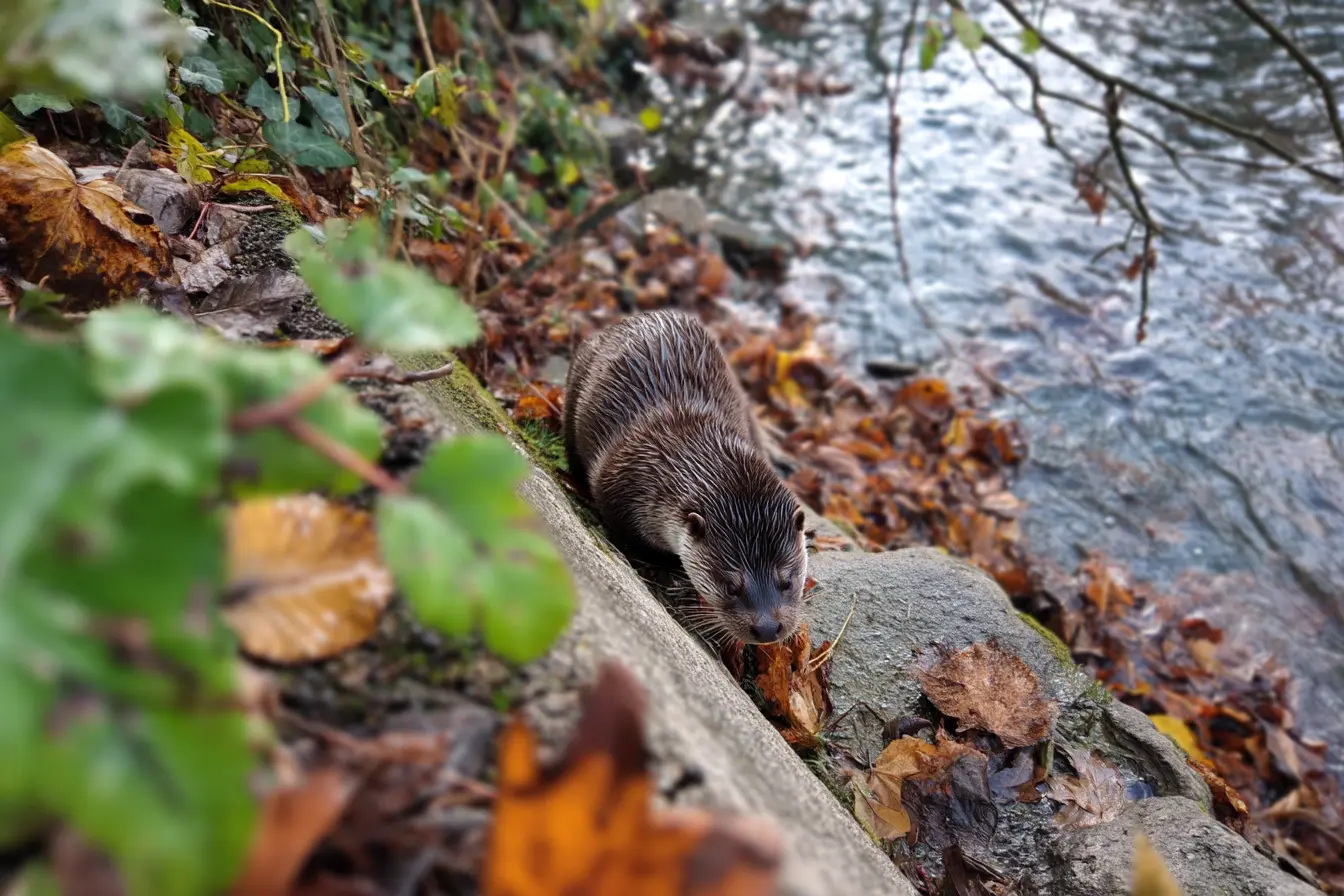
What to Do If You Find a Hedgehog Out in the Daytime
Hedgehogs are nocturnal animals, meaning they are most active at night. So, seeing a hedgehog out during daylight hours is often a sign that something is wrong. Whether you find one in your garden, on a path, or even in the middle of the road, it's important to know how to help. This guide explains everything you need to know if you encounter a hedgehog out in the daytime in the UK.
Why a Daytime Sighting Is Concerning
A healthy hedgehog should be asleep during the day. Daytime activity often indicates that the hedgehog is:
- Sick or injured
- Orphaned (particularly in late summer/autumn)
- Dehydrated or underweight
- Disturbed from its nest
- A lactating female gathering nesting material
Knowing the difference between natural behaviour and distress is key to helping appropriately.
Step-by-Step Guide: What to Do
Observe First
Before intervening, observe the hedgehog from a short distance.
- Is it moving with purpose? If it's foraging for nesting material, particularly during spring or early summer, it could be a lactating mother. In this case, leave it be.
- Is it wobbly, lethargic, circling, or lying still? These are signs of illness or distress. Immediate action is needed.
Handle With Care
If the hedgehog is clearly in trouble:
- Wear thick gloves to protect yourself from their spines and potential parasites like fleas or ticks.
- Gently scoop the hedgehog into a high-sided cardboard box lined with an old towel or fleece.
- Do not give cow’s milk or bread. These are harmful to hedgehogs.
- Provide a shallow dish of fresh water.
- If the hedgehog feels cold, place a warm (not hot) wrapped hot water bottle under one half of the box so the hedgehog can choose its warmth level.
Check for Obvious Problems
Once secure, check for visible injuries, flystrike (clusters of fly eggs or maggots), or signs of dehydration. Don’t try to treat the hedgehog yourself. Instead, prepare to contact a specialist.
When to Seek Help
You should always seek expert advice if a hedgehog is:
- Out during the day and not moving purposefully
- Underweight (less than 300g, especially in autumn)
- Injured or bleeding
- Cold and unresponsive
- Covered in fly eggs or maggots
- Caught in netting or litter
Who to Contact
- British Hedgehog Preservation Society (BHPS): 01584 890801
- Local wildlife rescue centres or vets – many will accept injured wild animals free of charge.
- RSPCA (England and Wales): 0300 1234 999
What to Do While You Wait for Help
- Keep the hedgehog in a quiet, dark place, away from pets and children.
- Do not attempt to bathe, feed or medicate the animal unless instructed by a wildlife rehabilitator.
- Maintain a stable temperature in the box.
What If It’s a Baby Hedgehog (Hoglet)?
Young hedgehogs out during the day may be orphaned. Signs include:
- Small size (fits easily in the palm of your hand)
- Alone and squeaking
- Cold to the touch
Follow the same steps: box, warmth, water, and contact a rescue organisation as soon as possible.
Preventing Future Problems
You can help reduce the risk to hedgehogs by making your garden more hedgehog-friendly:
- Avoid using pesticides and slug pellets
- Cover or remove open drains and netting
- Provide hedgehog houses or wild corners for nesting
- Create hedgehog highways (gaps in fences) for safe movement
- Avoid lighting bonfires without first checking for nesting wildlife
Final Thoughts
Seeing a hedgehog out in the daytime is usually a cry for help. With quick action and proper care, many can recover and return to the wild. By knowing what to do — and spreading the word — you can play a vital part in protecting one of the UK's most beloved (and threatened) wild animals.
For more advice, visit the British Hedgehog Preservation Society or connect with local wildlife rescue services.
Related Vets
Vets near you
Speciality vets
- Aquatics vet specialists
- Birds vet specialists
- Camelids vet specialists
- Cats vet specialists
- Cattle vet specialists
- Deer vet specialists
- Dogs vet specialists
- Equines vet specialists
- Exotic vet specialists
- Goats vet specialists
- Pigs vet specialists
- Poultry vet specialists
- Sheep vet specialists
- Small Mammals vet specialists
- Wild vet specialists










